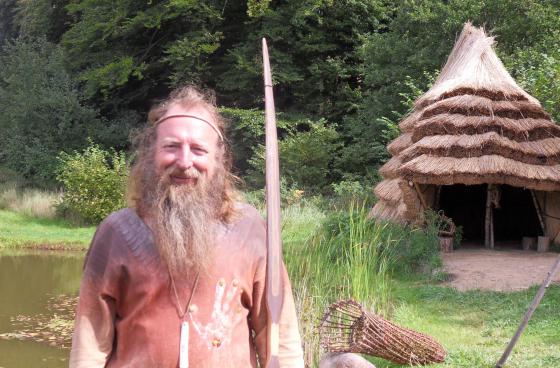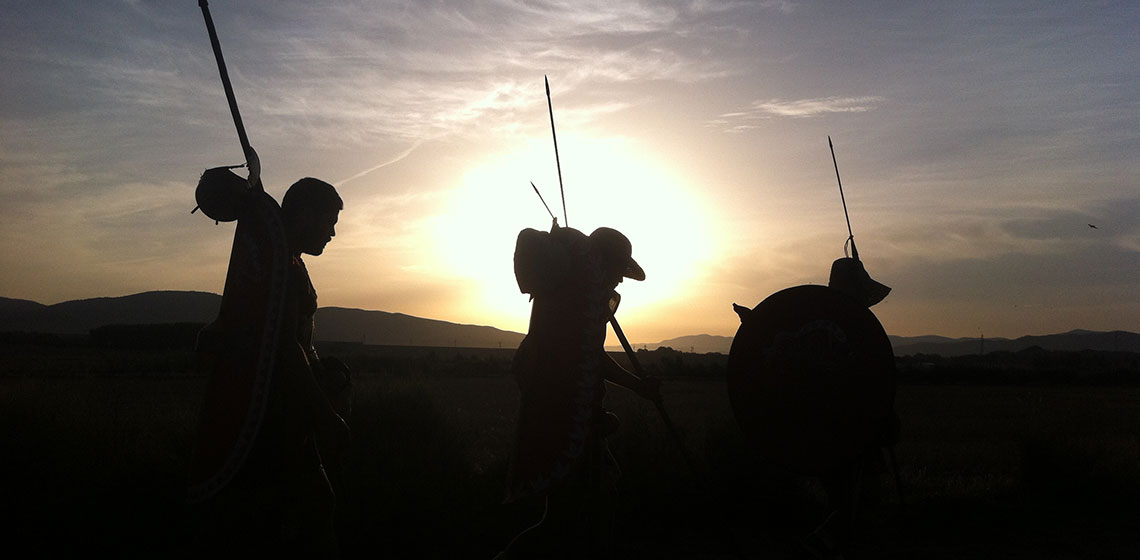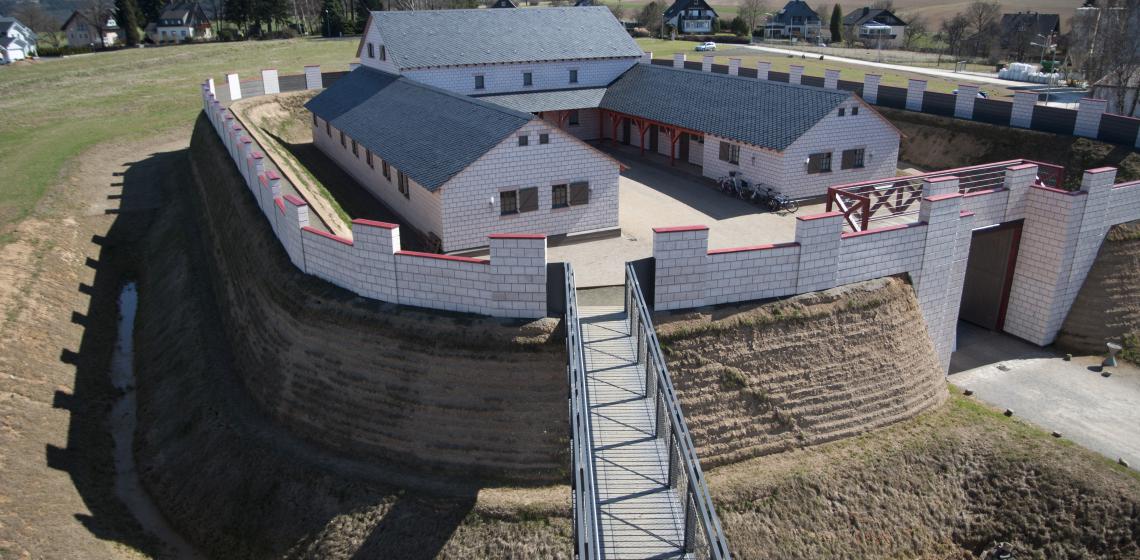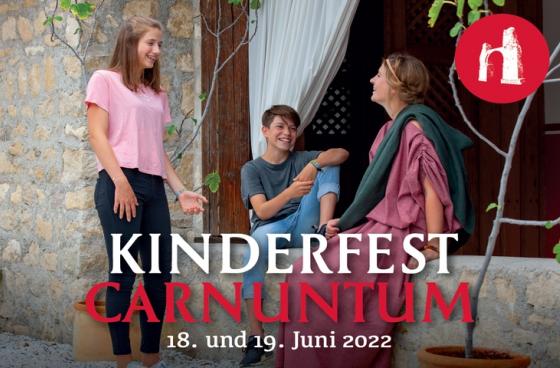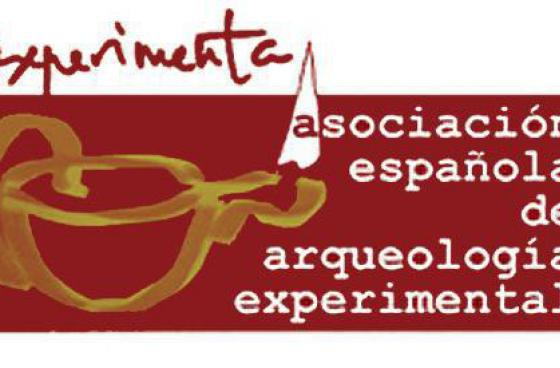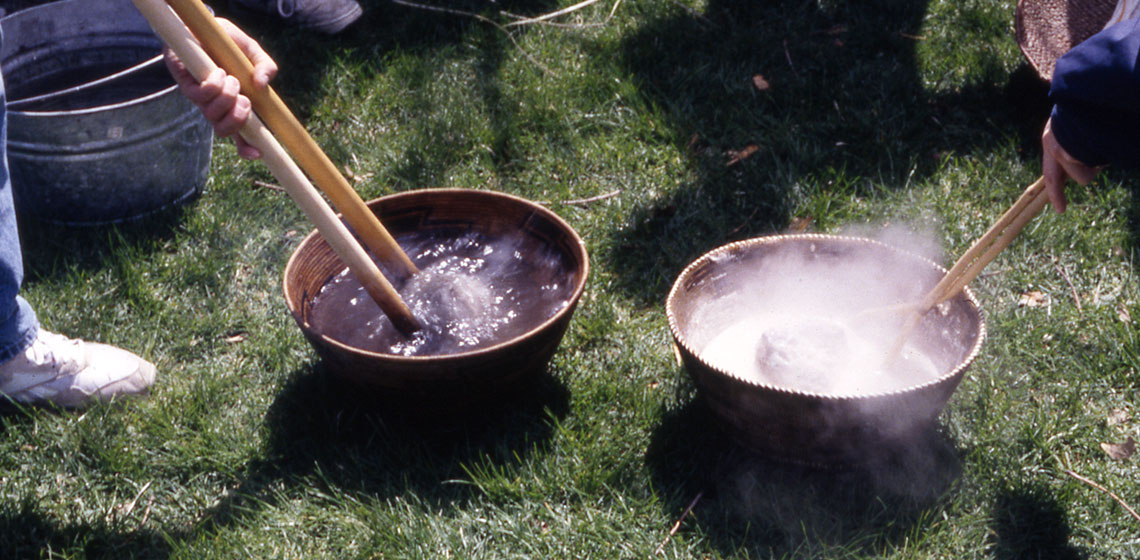At EmCadeamentos we dedicate ourselves to promote and disseminate the historical heritage, with the intention of value it. Minding this, we gathered a group of historians, archaeologists and other professionals that combining their theoretical knowledge to their practical skills; promote cultural activities with a real historical foundation.
At EmCadeamentos we dedicate ourselves to promote and disseminate the historical heritage, with the intention of value it. Minding this, we gathered a group of historians, archaeologists and other professionals that combining their theoretical knowledge to their practical skills; promote cultural activities with a real historical foundation.

